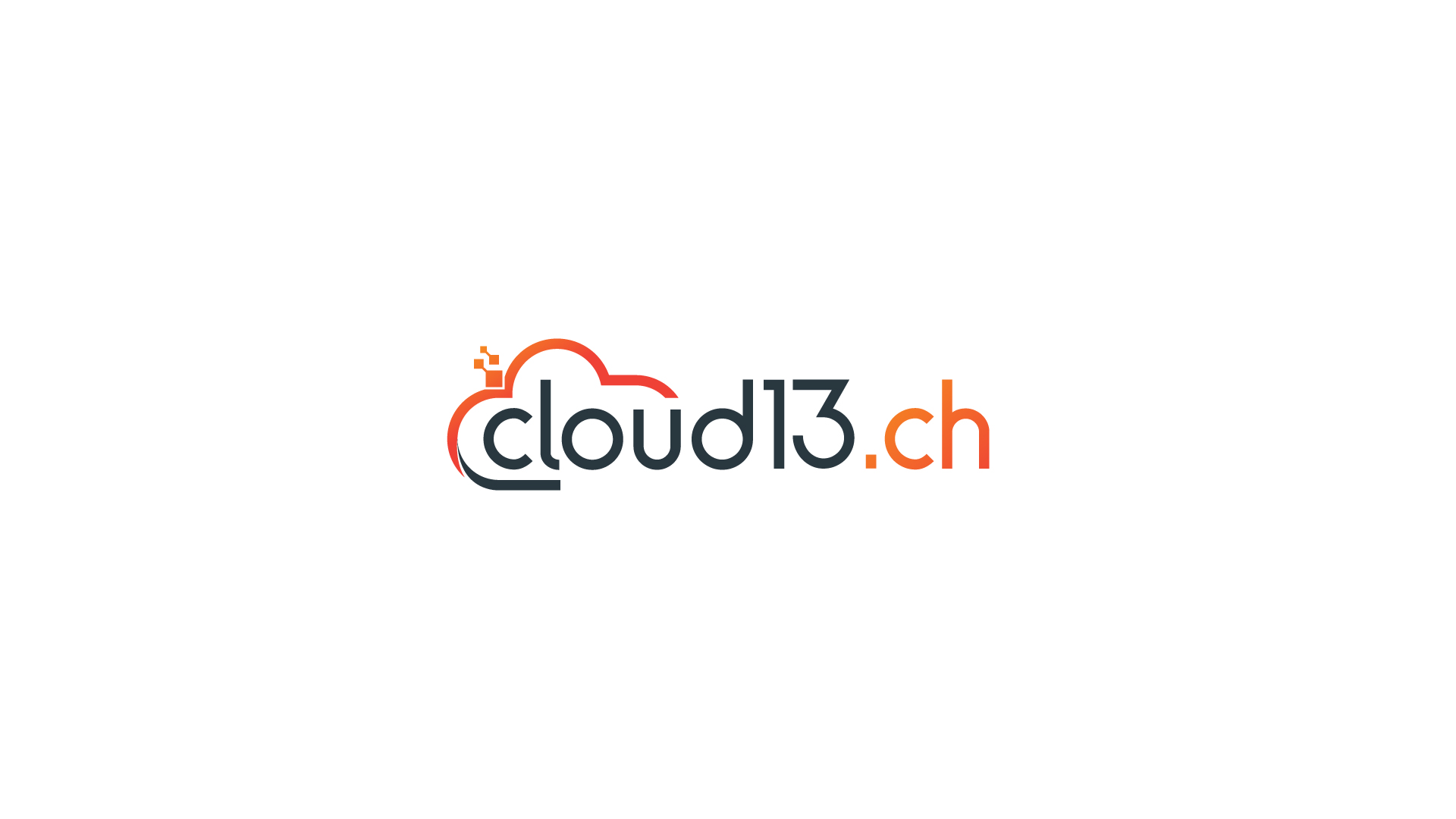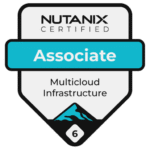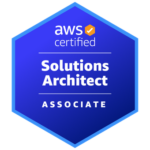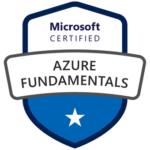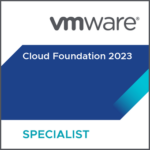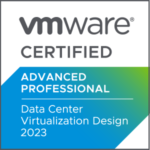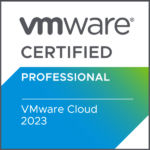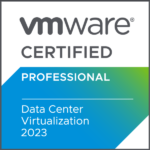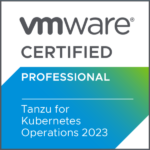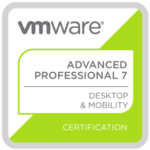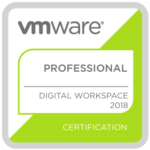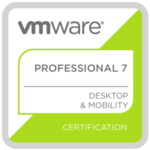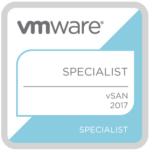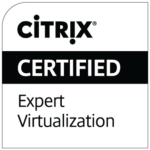A growing number of experts warn that governments and enterprises are “digitally colonized” by U.S. cloud giants. A provocative claim and a partial truth. It’s an emotionally charged view, and while it raises valid concerns around sovereignty and strategic autonomy, it misses the full picture.
Because here’s the thing. Some (if not most) workloads in enterprise and public sector IT environments are still hosted on-premises. This isn’t due to resistance or stagnation. It’s the result of deliberate decisions made by informed IT leaders. Leaders who understand their business, compliance landscape, operational risks, and technical goals.
We are no longer living in a world where the public cloud is the default. We are living in a world where “cloud” is a choice and is used strategically. This is not failure. It’s maturity.
A decade ago, “cloud-first” was often a mandate. CIOs and IT strategists were encouraged, sometimes pressured, to move as much as possible to the public cloud. It was seen as the only way forward. The public cloud was marketed as cheaper, faster, and more innovative by default.
But that narrative didn’t survive contact with reality. As migrations progressed, enterprises quickly discovered that not every workload belongs in the cloud. The benefits were real, but so were the costs, complexities, and trade-offs.
Today, most organizations operate with a much more nuanced perspective. They take the time to evaluate each application or service based on its characteristics. Questions like: Is this workload latency-sensitive? What are the data sovereignty requirements? Can we justify the ongoing operational cost at scale? Is this application cloud-native or tightly coupled to legacy infrastructure? What are the application’s dependencies?
This is what maturity looks like. It’s not about saying “yes” or “no” to the cloud in general. It’s about using the right tool for the right job. Public cloud remains an incredibly powerful option. But it is no longer a one-size-fits-all solution. And that’s a good thing.
On-Premises Infrastructure Is Still Valid
There is this persistent myth that running your own datacenter, or even part of your infrastructure, is a sign that you are lagging behind. That if you are not in the cloud, you are missing out on agility, speed, and innovation. That view simply doesn’t hold up.
In reality, on-premises infrastructure is still a valid, modern, and strategic choice for many enterprises, especially in regulated industries like healthcare, finance, manufacturing, and public services. These sectors often have clear, non-negotiable requirements around data locality, compliance, and performance. In many of these cases, operating infrastructure locally is not just acceptable. It’s the best option available.
Modern on-prem environments are nothing like the datacenters of the past. Thanks to advancements in software-defined infrastructure, automation, and platform engineering, on-prem can offer many of the same cloud-like capabilities: self-service provisioning, infrastructure-as-code, and full-stack observability. When properly built and maintained, on-prem can be just as agile as the public cloud.
That said, it’s important to acknowledge a key difference. While private infrastructure gives you full control, it can take longer to introduce new services and capabilities. You are not tapping into a global marketplace of pre-integrated services and APIs like you would with Oracle Cloud or Microsoft Azure. You are depending on your internal teams to evaluate, integrate, and manage each new component.
And that’s totally fine, if your CIO’s focus is stability, compliance, and predictable innovation cycles. For many organizations, that’s (still) exactly what’s needed. But if your business thrives on emerging technologies, needs instant access to the latest AI or analytics platforms, or depends on rapid go-to-market execution, then public cloud innovation cycles might offer an advantage that’s hard to replicate internally.
Every Enterprise Can Still Build Their Own Data Center Stack
It’s easy to assume that the era of enterprises building and running their own cloud-like platforms is over. After all, hyperscalers move faster, operate at massive scale (think about the thousands of engineers and product managers), and offer integrated services that are hard to match. For many organizations, especially those lacking deep infrastructure expertise or working with limited budgets, the public cloud is the most practical and cost-effective option.
But that doesn’t mean enterprises can’t or shouldn’t build their own platforms, especially when they have strong reasons to do so. Many still do, and do it effectively. With the right people, architecture, and operational discipline, it’s entirely possible to build private or hybrid environments that are tailored, secure, and strategically aligned.
The point isn’t to compete with hyperscalers on scale, it’s to focus on fit. Enterprises that understand their workloads, compliance requirements, and business goals can create infrastructure that’s more focused and more integrated with their internal systems.
Yes, private platforms may evolve more slowly. They may require more upfront investment and long-term commitment. But in return, they offer control, transparency, and alignment. Advantages that can outweigh speed in the right contexts!
And critically, the tooling has matured. Today’s internal platforms aren’t legacy silos but are built with the same modern engineering principles: Kubernetes, GitOps, telemetry, CI/CD, and self-service automation.
Note: If a customer wants the best of both worlds, there are options like OCI Dedicated Region.
The Right to Choose the Right Cloud
One of the most important shifts we are seeing in enterprise IT is the move away from single-platform thinking. No one-size-fits-all platform exists. And that’s precisely why the right to choose the right cloud matters.
Public cloud makes sense in many scenarios. Organizations might choose Azure because of its tight integration with Microsoft tools. They might select Oracle Cloud for better pricing or AI capabilities. At the same time, they continue to operate significant workloads on-premises, either by design or necessity.
This is the real world of enterprise IT: mixed environments, tailored solutions, and pragmatic trade-offs. These aren’t poor decisions or “technical debt”. Often, they are deliberate architectural choices made with a full understanding of the business and operational landscape.
What matters most is flexibility. Organizations need the freedom to match workloads to the environments that best support them, without being boxed in by ideology, procurement bias, or compliance roadblocks. And that flexibility is what enables long-term resilience.
What the Cloud Landscape Actually Looks Like
Step into any enterprise IT environment today, and you will find a blend of technologies, platforms, and operational models. And the mix varies based on geography, industry, compliance rules, and historical investments.
The actual landscape is not black or white. It’s a continuum of choices. Some services live in hyperscale clouds. Others are hosted in sovereign, regional datacenters. Many still run in private infrastructure owned and operated by the organization itself.
This hybrid approach isn’t messy. It’s intentional and reflects the complexity of enterprise IT and the need to balance agility with governance, innovation with stability, and cost with performance.
What defines modern IT today is the operating model. The cloud is not a place. It’s a way of working. Whether your infrastructure is on-prem, in the public cloud, or somewhere in between, the key is how it’s automated, how it’s managed, how it integrates with developers and operations, and how it evolves with the business.
Conclusion: Strategy Over Hype – And Over Emotion
There’s no universal right or wrong when it comes to cloud strategy. Only what works for your organization based on risk, requirements, talent, and timelines. But we also can’t ignore the reality of the current market landscape.
Today, U.S. hyperscalers control over 70% of the European cloud market. Across infrastructure layers like compute, storage, networking, and software stacks, Europe’s digital economy relies on U.S. technologies for 85 to 90% of its foundational capabilities.
But these numbers didn’t appear out of nowhere.
Let’s be honest: it’s not the fault of hyperscalers that enterprises and public sector organizations chose to adopt their platforms. Those were decisions made by people – CIOs, procurement teams, IT strategists – driven by valid business goals: faster time-to-market, access to innovation, cost modeling, availability of talent, or vendor consolidation.
These choices might deserve reevaluation, yes. But they don’t deserve emotional blame.
We need to stop framing the conversation as if U.S. cloud providers “stole” the European market. That kind of narrative doesn’t help anyone. The reality is more complex and far more human. Companies chose platforms that delivered, and hyperscalers were ready with the talent, services, and vision to meet that demand.
If we want alternatives, if we want European options to succeed, we need to stop shouting at the players and start changing the rules of the game. That means building competitive offerings, investing in skills, aligning regulation with innovation, and making sovereignty a business advantage, not just a political talking point.
